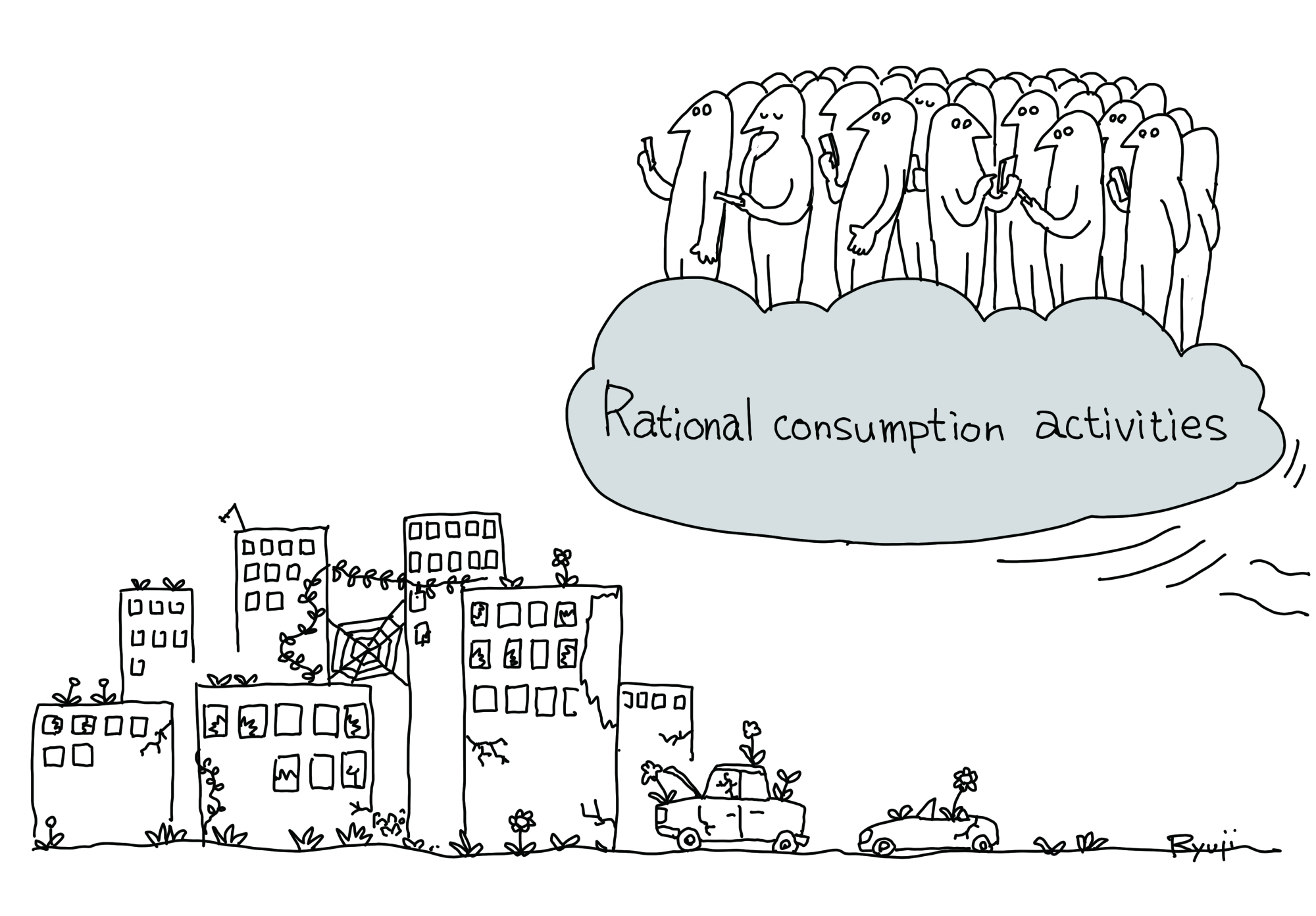The rate of economic growth indicates how much (in percentage terms) the nation's gross domestic product increased from the previous year. While Japan has traditionally placed the top priority of its economic policy on achieving a higher growth rate, other advanced economies have put greater emphasis on employment (or cuts to the jobless rate). Compared with either the jobless rate or the number of people on payroll — both concrete and observable figures — the GDP is expressed in an artificially estimated number based on various government statistics (and calculated in accordance with the definition of economics). Whether the GDP growth rate is high or low is not necessarily linked to how people feel about their daily lives.
When Japan's economy went through a period of rapid growth from fiscal 1958 to 1973, labor unions had strong bargaining power and wages increased at a speed roughly equal to the growth of nominal GDP, enabling citizens to actually feel the rapid growth of the economy through higher wages. During this rapid growth period, the GDP grew an average of 9.4 percent annually, bringing about a dramatic improvement in the convenience and comfort of the people's living through an ample supply of home electric appliances and cars as well as the launch of the shinkansen service.
When asked what benefits accrued from economic growth, the standard answer in those days was that people became more affluent, and affluence meant an improvement in living standards, i.e., income, convenience and comfort. During the rapid growth period, most Japanese didn't care about such noble subjects as weighing "spiritual affluence" and "material affluence" — since they were preoccupied with material affluence.



















With your current subscription plan you can comment on stories. However, before writing your first comment, please create a display name in the Profile section of your subscriber account page.